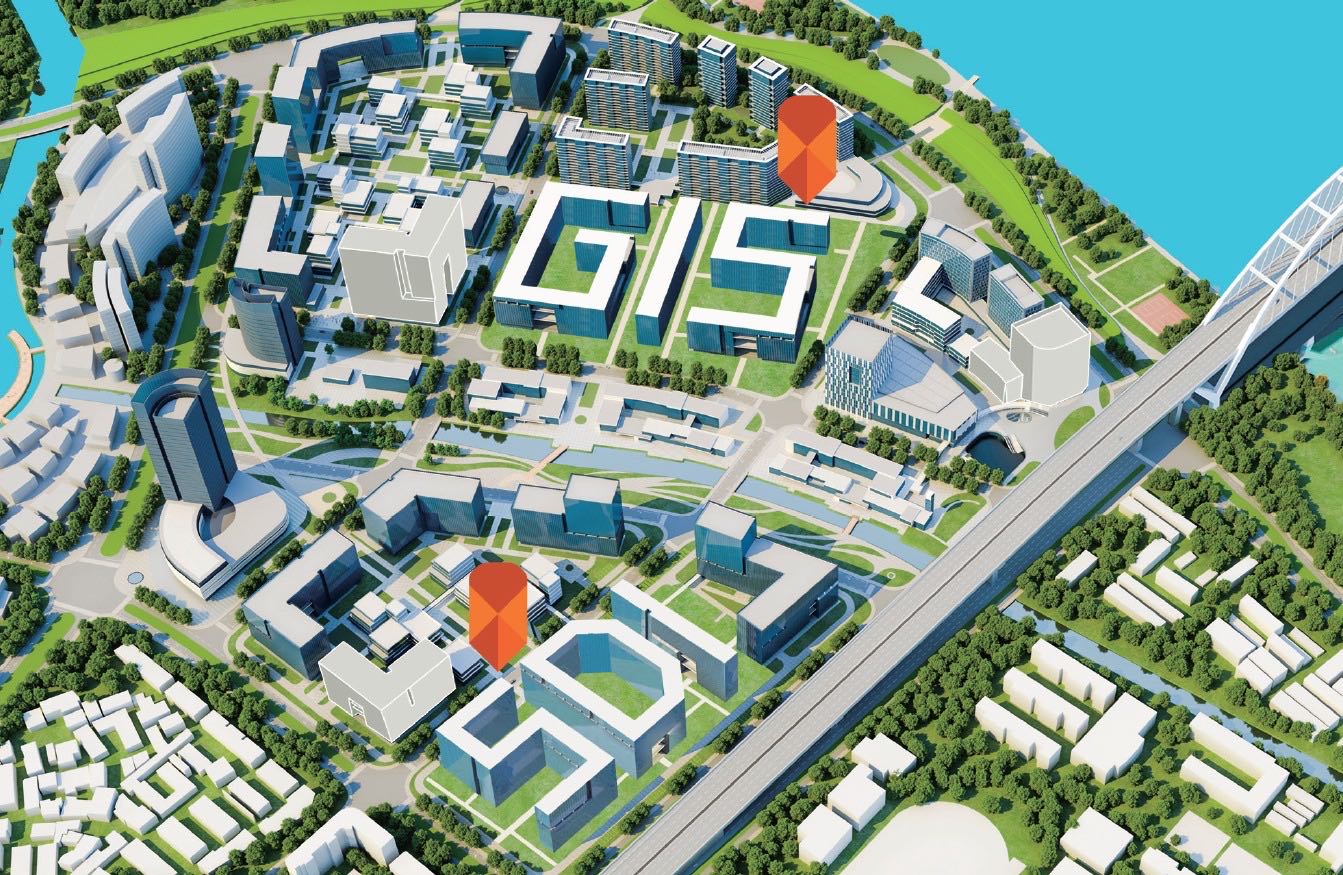Dr. Winnie Tang - Adjunct Professor, Department of Computer Science, Faculty of Engineering; Department of Geography, Faculty of Social Sciences; and Faculty of Architecture, The University of Hong Kong
8 Feb 2023

My new English electronic book Smart City 4.0 (https://winnietang.hk/ebook/SmartCity4.0English) demonstrates to the younger generation and startups how spatial data and geographic information system (GIS) revolutionises our lives through sharing of real cases from all walks of life.
The British government estimated that spatial data can generate a value up to £11 billion (about HK$110 billion) for the country each year, and the acquisitions of related startups by large companies directly reflected these values.
For example, Mapillary, a Swedish startup acquired by Facebook (now known as Meta), uses artificial intelligence and computer vision to stitch together street images obtained from crowdsourcing into a 3D map to provide drivers with the most updated road conditions. Fishidy, an American startup, is popular among experienced players and newcomers with its fishing map application that provides real-time weather forecast, and waterways information, the startup attracted attention from a world-renowned thermal imaging camera manufacturer. TerraLoupe from Germany uses computer vision to analyse aerial images, which can mark objects as small as 1cm. The service benefits industries such as autonomous driving, insurance, real estate, agriculture, security, and even gaming. As a result, it was taken over by an American autonomous driving technology company.
However, the most precious part of the book is the sharing of valuable experiences by nine local public and private enterprises and government departments in using spatial data and GIS for digital transformation. They are (in alphabetical order):
• Airport Authority Hong Kong: The number of passengers Hong Kong International Airport received is expected to increase from 70 million in 2018 to 120 million in the future. It will be upgraded and transformed into a smart airport by applying advanced technologies such as GIS and digital twin;
• Civil Engineering and Development Department: In response to natural disasters, the department collects and records vast amounts of geospatial slope and geotechnical data which provides crucial support for discharging its duties of keeping slopes safe and protecting lives and properties. The Department also developed a Common Operational Picture (COP), a map-based cloud platform to share emergency information with other government departments in real time;
• Environmental Protection Department: GIS allows the department to capture, visualise and interact with information, presenting it with geographic precision on a map in real time with the practitioners' displays which enables them to make more informed decisions. As a result, the technology helps to simplify investigation report and log record, improve strategic deployment and operational planning, and enhance the department's effectiveness in tracking down pollution sources, containing environmental damage and bringing offenders to justice;
• Food and Health Bureau: Spatial data and GIS allow the department to visualise and analyse vast amounts of data and attributes of Covid-19 cases. The application of the technology is indispensable in supporting investigators to collate the epidemiological relationship between the index case and contacts, achieving the goal of "early identification, early isolation and early treatment", it is also important in the release of epidemic information for the public to take precautions;
• Hong Kong Air Cargo Terminals Limited (Hactl): To ensure air cargo service are moved around the globe with higher efficiencies, increased customer service levels, and better on-time delivery performance throughout the year, it is necessary to remove bottlenecks in the service process and arrange alternative routes for diversion of cargos in SuperTerminal 1, GIS plays an important role in this regard;
• Hongkong Electric: In managing power transmission and distribution networks, three-dimensional (3D) maps are used to enhance the capability of planning, expansion, modification, replacement and upgrading of the company network assets;
• Kadoorie Farm and Botanical Garden: The use of spatial data is particularly important in forest conservation, such as checking the growth of tree seedlings and topographical factors to understand the habitat suitable for local species through visualising, summarising, and analysing the spatial relationships of various environmental settings;
• Lands Department: The department is committed to opening up digital map products to help the public, academia and enterprises in using spatial data for research and development of applications, and to promote the development of smart city;
• Urban Renewal Authority: From project selection, planning and design, financial assessment, property valuation and acquisition, to rehousing, and building rehabilitation, and more, GIS-based applications help the organisation save costs, improve efficiency, and enable smarter decision-making.
The successful cases from these nine organisations demonstrate the determination of Hong Kong's public and private organisations in using innovative technologies, such as GIS, to improve efficiency and people's quality of life. I sincerely thank these organisations and government departments for their generous sharing of Hong Kong's best practice of smart city transformation.